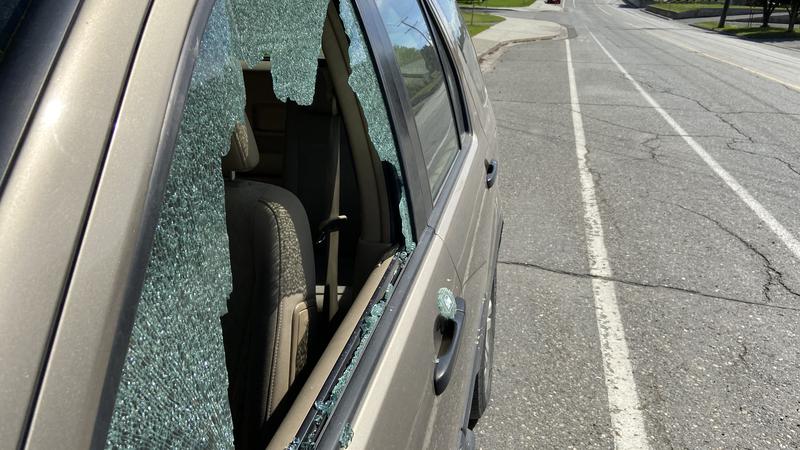
HUNTER: Collaborating for community safety
TO ME, COMMUNITY SAFETY is a sense of confidence in our ability to go about our daily lives without worrying about threats to our property or personal safety.
What this means to others likely depends on their own perspective. Some people always lock their doors no matter what. Others never lock their vehicles. How it’s defined ultimately comes down to individual comfort with perceived risk and personal life experiences.
The city’s website asserts “building a safe and secure community involves not only the RCMP and the City’s Community Services Officers, but also collaboration and partnership with businesses, community groups, non-profit agencies, institutions, foundations, government agencies and individuals.”
Basically — we all have a role to play in creating safe spaces for everyone and success is dependent on our ability to work together. I think we’re starting to see the results of the collaboration of local governments and communities in recently-announced policy changes which are, most importantly, backed by financial investments.


